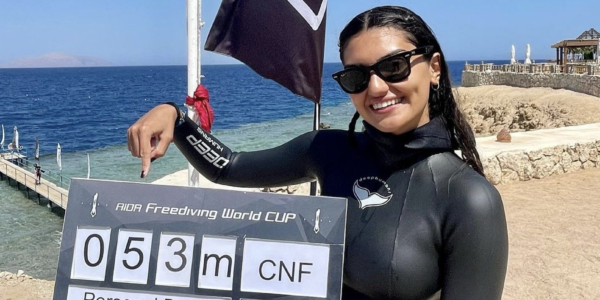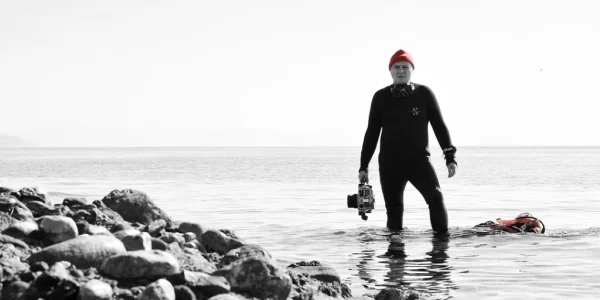If you’ve ever stood in that aisle of your marine chandlery, looking at the options for caulk, and unsure of what you need, Darrell Nicholson of Practical Sailors offers this guide to determine the right caulk for your boat:
The sudden and complete failure of 3M’s 4000UV adhesive sealant after five years of exposure, discussed in the upcoming December 2021 issue of Practical Sailor, inspired me to review our extensive library of adhesive sealants to determine if it could have been due to an application error. The short story is that it wasn’t. This was the only product among several undergoing testing that suffered this catastrophic failure, in which the product reverted to its original gooey state.
When we reached out to 3M, a spokesperson apologized by email and all but conceded that the product was at fault, writing that the company had revised the formula in 2018. If you bought 3M 4000 caulk made prior to 2018, you’ll want to monitor it for potential reversion failure as described below. We are still looking into this to determine if any other brand caulks were susceptible to this type of failure and will be reporting more in the future.
Choosing the right sealant or flexible adhesive used to be fairly straightforward. There were fewer products and usually there was somebody to tell you which compound was best for bedding cleats or sealing joints. That’s no longer the case. These days, trying to find the right sealant for the job is as complicated as choosing breakfast cereal, except that if you make the wrong choice you are-literally-stuck with it.
Regardless of what caulk you are using, application is an important component to getting a good seal, and some sealant/adhesives are easier to apply than others. Among the most desirable traits is viscosity; the ideal consistency should be a paste-like material that can be easily injected into a seam or spread on a piece of hardware.
Source: scuttlebutt – https://www.sailingscuttlebutt.com/2021/11/11/the-right-caulk-for-your-boat/





























































































































































